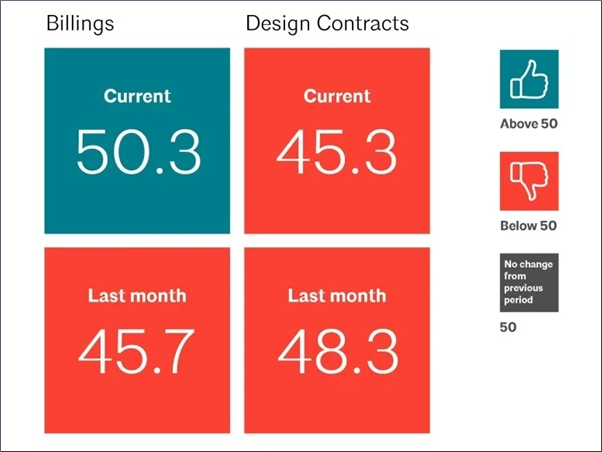Date: 14 April 2006
Edison's lightbulbs. Television tubes. Fiber-optic threads. Now rectangles of glass for computer screens and LCD televisions that are 6 feet wide, 7 feet tall and less than a millimeter thick.
Alas, Corning (nyse: GLW - news - people ), based in the sleepy upstate New York town it is named after, has a business history as fragile as glass. It sparkles from a world-beating technological breakthrough, then shatters when its market hits a bump. Its most recent crash, a result of relying on fiber optics during the telecom bust, was its most painful. Corning's stock went from $110 to $1.10 in the span of two years and the 155-year-old company nearly collapsed.
Wendell Weeks, Corning's energetic and animated chief executive, has a favorite analogy: "We're like the girl in the nursery rhyme, with the curl," he says with a huge grin. "When we're good, we're very good, and when we are bad, we are terrible."
Weeks, 46, can smile because Corning is very good right now. But, once again, it is thanks to one product. This time it is the impossibly thin, flat glass used to make liquid crystal displays. Corning, along with its joint venture with Samsung, owns 60% of the market, which has been growing 62% a year since 2002. In 2005 display glass accounted for 38% of the company's $4.6 billion in revenue and 187% of the company's $585 million in profit.
It is Weeks' mission to make the bad times less terrible by changing the way Corning decides what to invest in. Instead of pouring money into just one product at a time, Weeks wants Corning to juggle many--like diversifying your investments. But to get there Weeks had to jettison classic business school theory, which would have companies pushing decision making down to lower levels. Weeks, who got a Harvard M.B.A. in 1987, has instead wrested control of research and development spending decisions away from the divisions and centralized them with the executives at the company.
The idea is that managers seeing the whole company can direct money and resources to a division that, while unprofitable, may hold Corning's next big hit. In the past the divisions at Corning making the most money were the ones that could invest the most in research and development. So when Corning was all fiber optics, research in other areas was crowded out; in 2000, 65% of Corning's R&D money went to fiber optics. Now 29% goes to Corning's current hit, display screens.
Weeks regularly convenes what is called a growth and strategy council. At the head of the council sits a triumvirate: Weeks, Chief Operating Officer Peter Volanakis and Chief Technology Officer Joseph Miller. Every four to six weeks the council meets for a half-day debate about a technology that is two to seven years from being ready.
"If you want balance, someone who's in charge of all of it needs to actually make these decisions," says Weeks. Miller says he wants Corning to score two to four big hits per decade, up from one or two.
The top guys also have the responsibility to say no to a project. Mark Newhouse, who runs Corning's new-business development operation, often serves as the grim reaper. "One of the risks of my job is that you are going to be wrong about a lot," Newhouse says. "The objective is to not be too wrong." When the time comes Newhouse circulates a picture of a baby seal. The message: Sometimes you have to kill something you really don't want to.
Corning inventors have never taken the easy path, for better or worse. They look for what their employer calls keystone components. These are the ones whose absence makes a system impossible. For instance, without Corning's flawless and thin flat glass, electronics companies couldn't make those small, sleek televisions that hang on walls. "If it's not really hard, if it might not blow up, it's not for us," says Weeks.
Corning now is pouring R&D money into a handful of budding, high-potential inventions. Among them: green lasers that may make handheld digital projectors possible; a drug-testing system that may help pharmaceutical companies weed through more drug candidates faster; microreactors that could allow chemical companies to perform small, tightly controlled experiments; and diesel-engine filters designed to meet tightening environmental regulations.
Corning thinks those filters, which strip particulate emissions out of the exhaust of diesel engines, will soon be its next big hit. Had it not been for the centralized growth and strategy council, Corning might not have even been in the market.
You can find the entire news article on the website below...







Add new comment